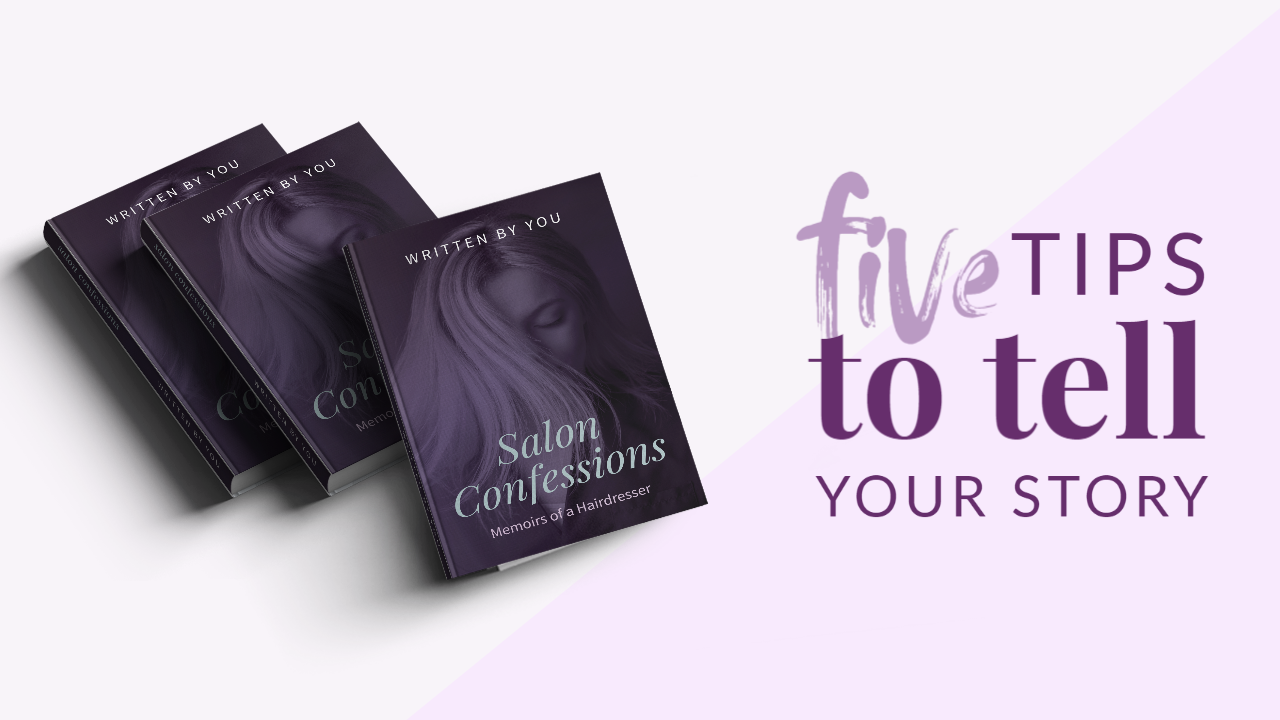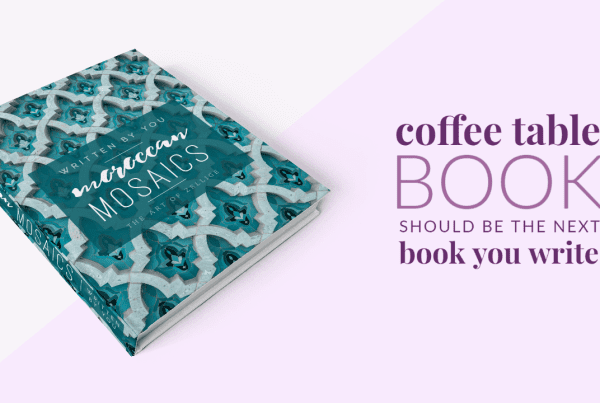
MEMORABLE MEMOIRS
5 tips to tell your story
A memoir, according to dictionary.com is:
1. a record of events written by a person having intimate knowledge of them and based on personal observation;
2a. an account of one’s personal life and experiences; autobiography
2b. the published record of proceedings of a group or organization, as of a learned society
3. A biography or a biogrophical sketch
Which ever definition resonates with you most, if you feel like you have a story to tell, perhaps writing a memoir needs to be added to your bucket list this year. Your story is unique and can help someone heal, transform their perspective, make them feel deeply understood and connected and provide insights into the human experience. Writing your own memoir can be an extremely cathartic experience and a form of self expression that can then profoundly impact your family, friends and readers you’ve never met.
But where to begin? Follow these 5 simple steps to share your story and get it out of your head and into a book fast.
What is the intention of your book? Why do you want to write your memoir? Knowing the answer to this question will give you a focus when the going gets tough. Is it deeply personal, and you just want to write your story for yourself as a way to process something good or bad that happened to you? Do you want to share your family history with generations to come? Do you want to impact others that could benefit from your personal experiences and perspectives?
Start anywhere! You don’t have to write your story from start to finish. Instead of staring at a blank page, begin with the first thing that comes to your mind. Write the parts that come naturally to you first, and then you can organise your thoughts into chapters or themes and flesh out your book chapter outline down the track. Choose the path of least resistance.
Carefully consider your book cover Your book cover is your most important marketing tool. Since your book will be text heavy, your cover needs to quickly capture and convey the essence of your book. While personal images might be good for inside of the book, they might not be appropriate for your front cover. Work with our design team to find a suitable solution.
Source high resolution images Adding images throughout your book can help shape your story and make it more relatable. If you have old family or personal photographs, make sure that you can get them professionally scanned at a high resolution so that they don’t look pixelated when printed.
Keep your layout clean and simple For a text-heavy book, you want your reader to have an easy time reading it. Carefully consider your typography, font size and spacing. Work with our design team to develop a clean and simple layout that will lead the reader quickly and easily down the page.




